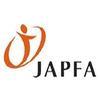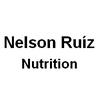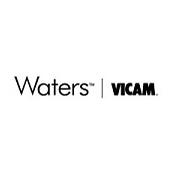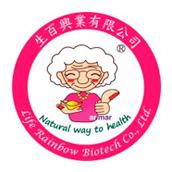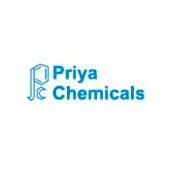Explore all the information on
Energy in poultry diets
While protein, vitamins and minerals are referred to as nutrients, energy -the 4th and most costly part of the diet- is not a nutrient but the property of energy yielding nutrients. Dietary nutrients that yield energy are protein, fat and carbohydrates. Dietary energy level is the main factor influencing feed intake, as birds will, under normal circumstances, eat to satisfy their energy needs. Therefore the dietary nutrients, protein vitamins and minerals should vary in relation to the dietary energy content of the diet, if they are not to become deficient, with low feed intakes, or overconsumed, with low energy diets. While there are a number of factors, such as level of protein, balance of essential amino acids and perhaps level of some of the other dietary nutrients, that can influence the cost of a diet, the level of dietary energy is usually the main factor influencing diet cost.
Comments related to #Energy in poultry diets
Featured users in #Energy in poultry diets
Top 10 content about #Energy in poultry diets










